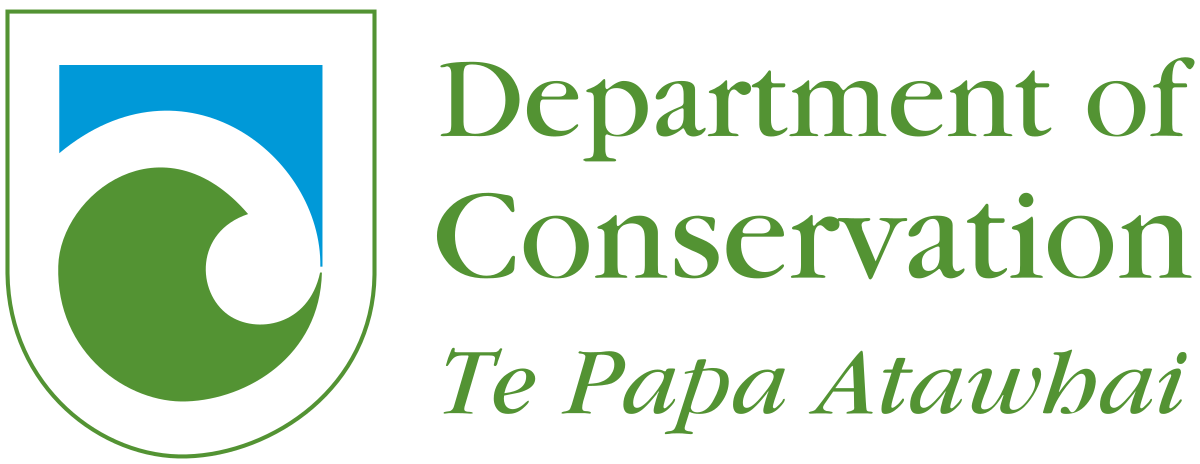Without this support, the vision and goals of the Trust will not be achieved. We need everyone’s help to continue eradicating wilding pines in the Mid Dome area to restore and preserve Mid Dome’s mountainous scenery, conservation reserves and high-value pastoral lands.
How you can help
Landowners
If left unmanaged, scattered wilding pines can turn into dense forest with the costs of control escalating rapidly. It pays to control any scattered trees on your property early and remove the seed sources.
The usual approach to wilding pine control is to control any seedlings and outlying trees first, working back towards the original seed source. Monitoring and ongoing management is needed twice in the 5-6 years after the initial control, as wilding pine seeds can remain viable for this long.
Some wildings can be pulled out by hand, while in other situations ongoing control can be achieved by mob- grazing and fertilising to encourage grasses to compete with any wilding seedlings. Consider how a land-use change could increase the risk of spread – for example, retiring land from grazing sheep may result in more wilding pines establishing.
Work with your neighbours to control any wilding pines that have spread across property boundaries.
You can discourage the spread of other wilding conifers by carefully selecting which species you plant. You can also remove any young wilding conifers that have established outside planted areas before they develop seed cones.
As a responsible landowner, you can help the cause and support the work being done in the Mid Dome project area by avoiding high-risk plantings in high-risk areas and manage the spread from any wilding conifers on your own property.
The Southland Regional Pest Management Plan 2019-2029 has the following information that can help:
- Page 51 – information on wilding conifers
- Pages 58 – 61 –objectives and rules for the management of wilding conifers
If you have neighbours that aren’t controlling their wilding conifers you should contact Environment Southland on 0800 7688 45 for advice on the matter.
Restoration of areas where wildings have been controlled
Although you may have removed the wilding conifers, it does not mean that they have been eradicated. For example, if you have removed a dense population of trees the newly introduced light can lead to a re-infestation if this area is not planted with a different species.
Restoring and rehabilitating the site with desirable vegetation helps to prevent wilding conifers from returning, and accelerates creating the right conditions for a healthier ecosystem and other land-use activities like grazing.
Dead standing trees can provide shelter and allow a quicker recovery of tussock grasses and other native vegetation. Sometimes a site is better left to recover naturally.
Note that assistance with site restoration after the removal of wilding conifers may be available through the One Billion Trees Programme.
Possible options for site restoration include:
- Woody natives alongside native shrub species to help encourage the woody natives as they may not be as resilient.
- Planting native trees amongst the wilding conifers and once the natives are well established, remove the conifers.
- Plant conifer species that do not spread.
- Fertilise and sow grass seed to out-compete any wilding conifer seedlings.
Wilding conifer seeds are viable for up to 5 years, so it is important to continue to carefully monitor old sites and eradicate any seedlings that appear.
Volunteers
The volunteer programme in the Mid Dome project area has been operating since the early 2000’s. Over this time, it has attracted many people of different ages and backgrounds with a steady following of people who keep coming back. We like to continue raising the awareness of the wilding pine issue at Mid Dome through the volunteer days and encourage new participants to join us.
Currently, the Trust runs two workdays a year in March and also in November, normally in a weekend. It is a full-day event that is coordinated by Environment Southland and the Project Manager on behalf of the Trust. Photos from past workdays can be seen in the albums.
If you are interested in participating or would like more information, please get in touch.
Programme contributors
Without this support, the vision and goals of the Trust will not be achieved. We need everyone’s help to continue eradicating wilding pines in the Mid Dome area to restore and preserve Mid Dome’s mountainous scenery, conservation reserves and high-value pastoral lands.
The National Wilding Conifer Control Programme has allocated a total of $688,506.00 for 2023/24 operational season.
LINZ contributed $75,000 for 2023/24. LINZ are partners and advisors to the Trust and dedicate staff time to the project.
DOC contributed $70,000 for 2023/24. DOC are partners and advisors to the Trust and dedicate staff time to the project.
Environment Southland has agreed to a contribution of $50,000 for 2023/24. Environment Southland are partners and advisors to the Trust and provide administrative, financial, and project support.
STIHL and Boffa Miskell have teamed up to support the Mid Dome Wilding Trees Charitable Trust. Wilding pines are one of the biggest threats to New Zealand’s backcountry at present and the Trust, with the aid of some very generous volunteers, do a fantastic job every year in their mission to control this issue. STIHL is only too pleased to contribute to the Trust and its endeavours.
The generous donation from STIHL is made up of tools and sharpeners for the volunteer workdays that have a combined retail value of $5,465.
PGG Wrightson is involved in the ongoing work on Mid Dome and generously donated 30 new high vis jackets for our volunteer days.

Amuri Helicopters (Hanmer Springs Helicopters) generously donated their staffs time and helicopter to transport our volunteers up to the March 2021 worksite.






